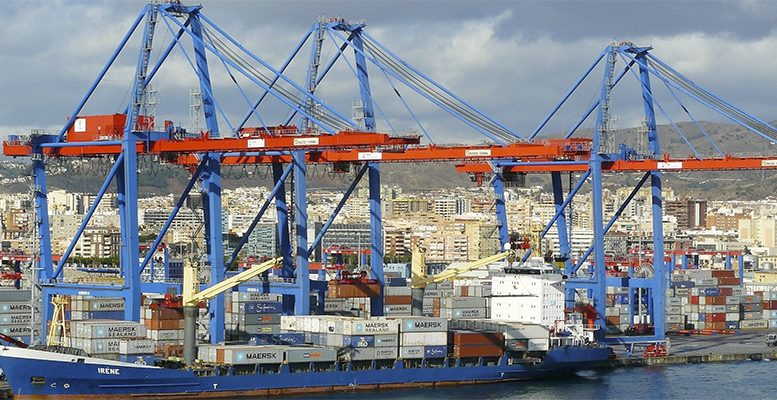Sales abroad from the Spanish economy fell by 1.2% year-on-year in January. Imports, on the other hand, grew by 6.2%, resulting in a trade deficit that nearly doubles that recorded in January 2024. As a result of this data, according to the monthly report from ICEX for January 2025, the export-import coverage rate dropped to 82.8%, the lowest for January in the last decade.
The increase in imports is mainly due to non-energy products, which grew by 8% year-on-year, while energy products decreased in value by 3.1%. By economic sectors, there is a notable increase in food and beverage exports (the most threatened by Donald Trump’s tariffs), accounting for 21.4% of total exports with a year-on-year increase of 8%. Capital goods fell to second place, making up 18% of the total with a decline of 5.7% compared to the previous year. However, the most significant drop corresponds to the automotive sector, whose sales last January were 21.2% lower than those of January 2024. On the import side, capital goods, accounting for 21% of the total, remain at the forefront with an additional year-on-year increase of 3.2% in their value in euros.
Regarding geographical distribution, the EU remains Spain’s main customer with 63.7% of total Spanish merchandise sales abroad; however, its value compared to the previous year decreased by 2.3%. The EU also continues to be Spain’s main supplier of goods, accounting for 45.1% of Spanish imports.
National exports to the American continent decreased by 3.7%, while purchases grew by 17.8%, driven by a spectacular increase in imports from the U.S., which rose by 23.5%. There are not many figures on the evolution of foreign trade from other countries, but Germany’s sales abroad fell by 1.4%, while France’s increased by a modest 0.6%. By autonomous community, Catalonia continues to lead with 26.6% of total Spanish sales, followed at a distance by Madrid with 12.6%, Andalusia with 11.4%, and the Valencian Community with 10.4%.





